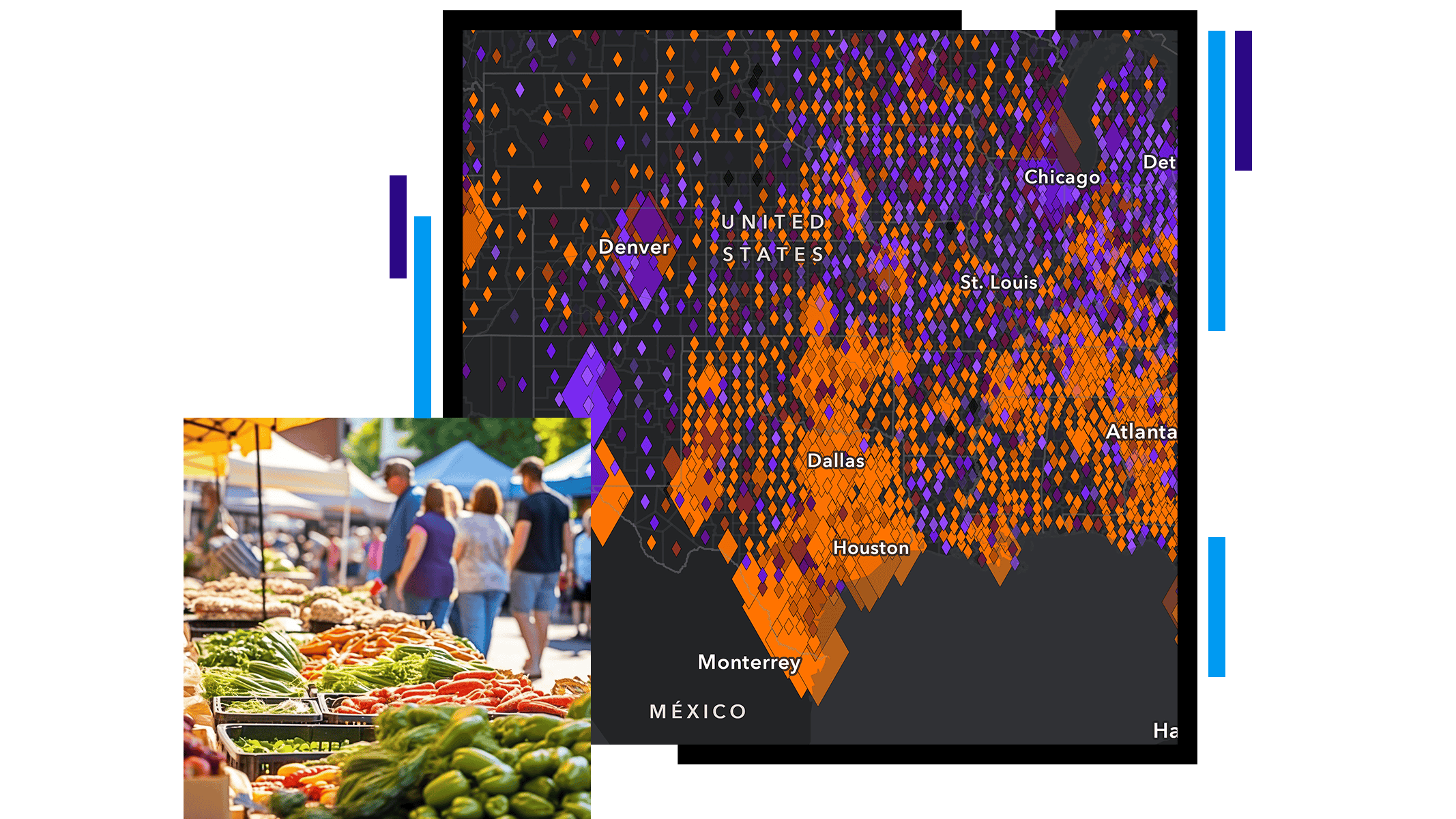Understand your community
Solving community health disparities starts with making data-driven decisions. Using demographic, socioeconomic, and lifestyle data, you can build a more complete picture of your community, understand health-care disparities, analyze public health trends, and prepare for future needs.






